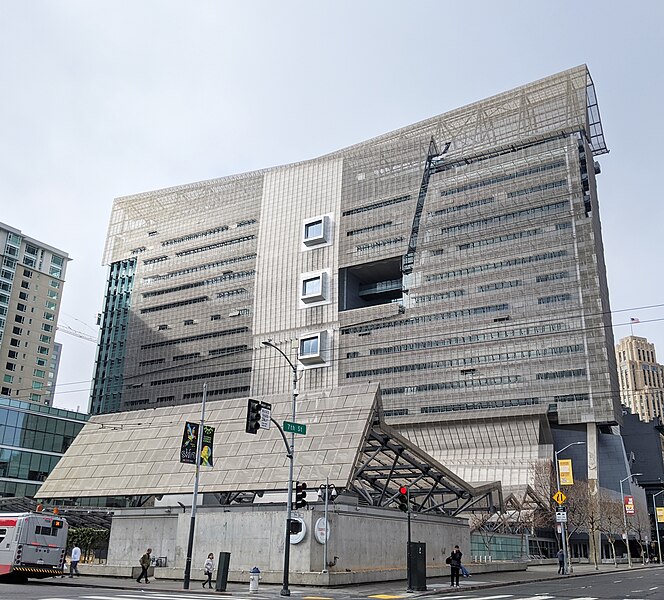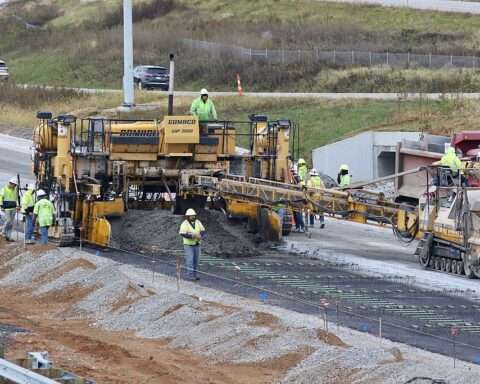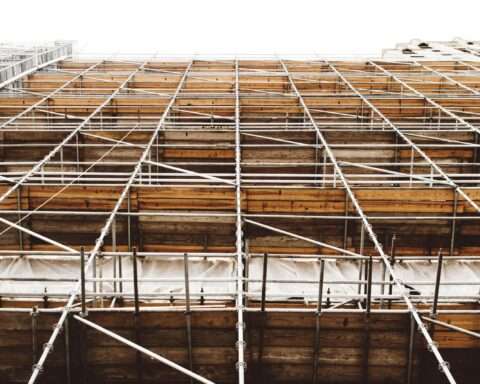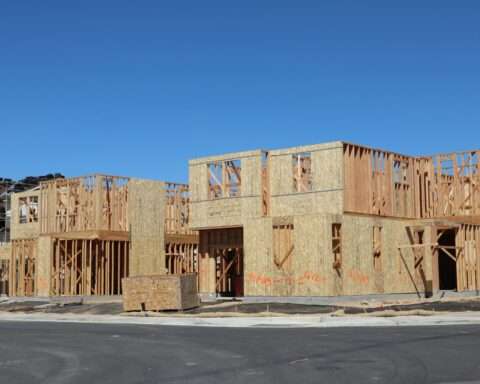The U.S. General Services Administration (GSA) will allocate $80 million to support smart building technology that will reduce emissions, increase efficiency, reduce costs and enhance comfort across approximately 560 federal buildings. The agency intends to achieve net-zero emissions across federal buildings by 2045.
The GSA will use the funds to improve operations across its federal building portfolio. The agency will prioritize implementing granular controls, deploying advanced metering sources and optimizing the operator experience.
Plans include installing around 1,000 meters to measure utility performance, including electricity, water and gas. These meters will enable employees to optimize building operations and energy use. The GSA will measure air and environmental quality, carbon dioxide levels and other conditions using real-time data. The GSA will also install Smart Sensors in more than 70 buildings to provide additional real-time data.
The GSA will deploy a Unified User Interface (UUI) across more than 150 buildings to more easily manage operations with real-time data. The interface will consolidate information across separate applications, allowing employees to access equipment operation, energy usage and sustainability performance data.
Finally, the agency will invest in improved HVAC controls for approximately 15 buildings. The upgraded HVAC system will reduce energy usage, greenhouse gas emissions and utility costs. In addition, the HVAC system will make the building’s interior more comfortable for occupants.
The funds come from the Inflation Reduction Act, which provided $3.4 billion to the GSA to build, modernize and maintain sustainable and cost-efficient facilities. From that allocation, the GSA will use $975 million to support emerging and sustainable technologies that reduce emissions and enhance environmental programs. The GSA estimates these technologies could reduce emissions by 2.3 million metric tons by 2045.
Photo by HaeB













